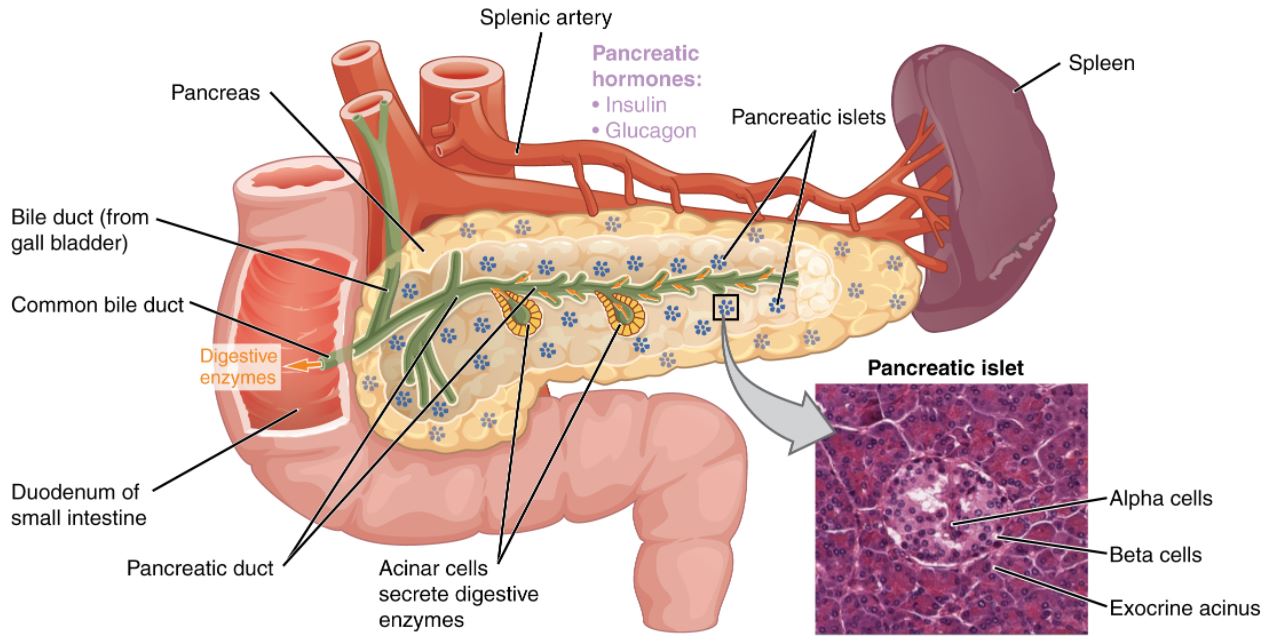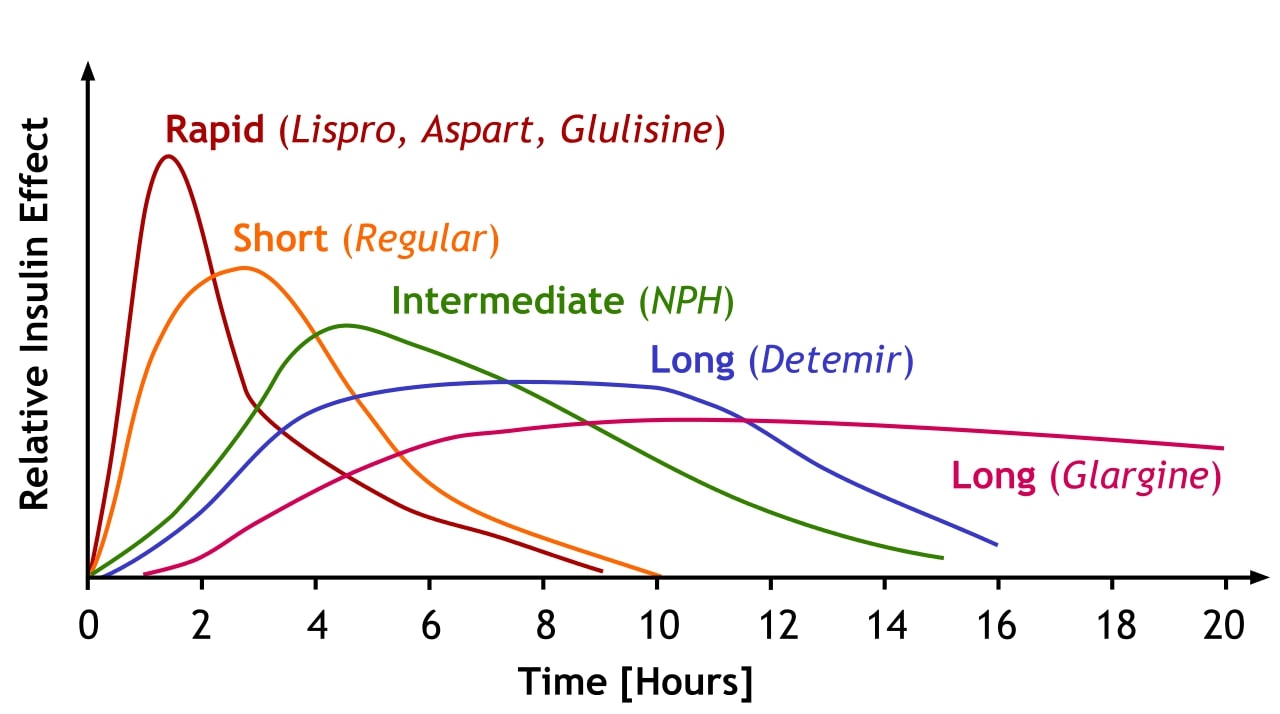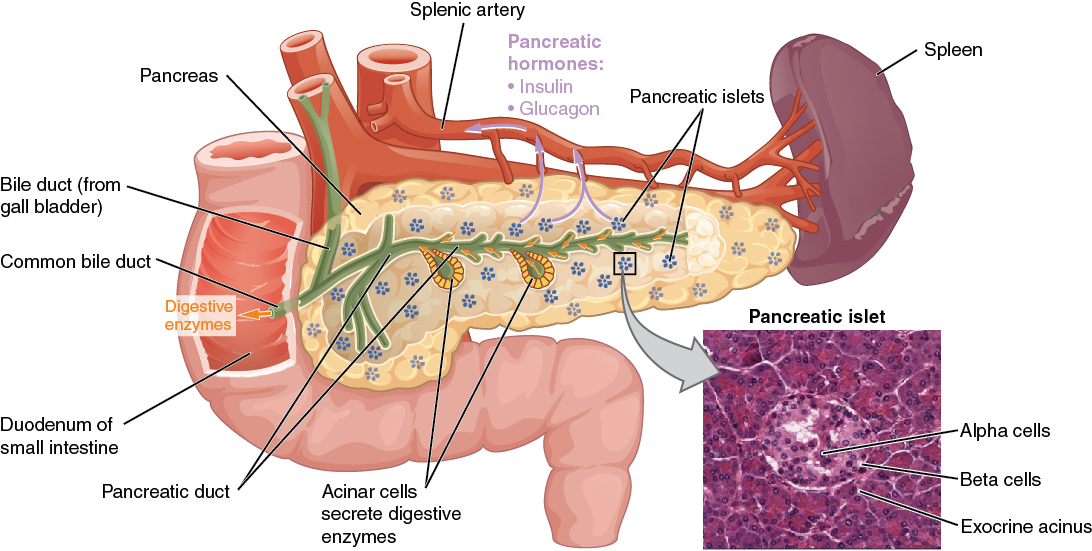Playlist
Show Playlist
Hide Playlist
Diabetes Mellitus: Chronic Complications
-
Slides 02-03 Diabetes Mellitus part 2.pdf
-
Download Lecture Overview
00:00 Let's talk a little bit about the chronic complications of diabetes mellitus. We'll review cardiovascular morbidity, diabetic nephropathy, diabetic foot ulcers, diabetic retinopathy, diabetic neuropathy, and finally the syndrome of hypoglycemic unawareness. In terms of cardiovascular disease, diabetes alone is an independent risk factor. It is considered a cardiovascular disease equivalent. Concomitant risk factors in patients with diabetes such as hypertension, obesity, and dyslipidemia also contribute to the development of underlying cardiovascular disease. It can be identified through early screening. Hypertension and diabetes mellitus has different parameters in terms of treatment. Treat systolic blood pressure goals of less than 130 mg and a diastolic blood pressure goal of less than 80. Drug classes that are demonstrated to reduce cardiovascular events in patients with diabetes include the ACE inhibitors, the angiotensin-receptor blockers, thiazide diuretics, or dihydropyridine calcium channel blockers. 01:13 Measure the blood pressure at every visit and also suggest home monitoring for patients. With regards to hyperlipidemia and diabetes mellitus. If cardiovascular or other vascular disease is known, give high intensity statin therapy. If no cardiovascular disease is known, provide high intensity statin therapy to patients with diabetes. If the LDL cholesterol level is greater than 190 mg/dL or the 10-year American Society of Cardiovascular Risk is greater than 7.5%. Provide moderate intensity statin therapy for patients with diabetes who have a 10-year ASCVD risk less than 7.5%. Let's talk a little bit about diabetic retinopathy. This is the leading preventable cause of blindness in adults age 20-74. The risk factors include long-term diabetes, poorly controlled diabetes, concomitant hypertension, and nephropathy. Diabetic retinopathy is broken down into non-proliferative and proliferative forms. The non- proliferative or less severe form results from the leaking of fluids through blood vessels in the eye and leads to blurry vision. Signs of mild to moderate non-proliferative retinopathy include microaneurysms, intraretinal hemorrhages, cotton wool spots, and lipid exudates. Severe non-proliferative retinopathy is characterized by venous beading, intraretinal microvascular abnormalities, and widespread intraretinal hemorrhages. The proliferative form on the other hand is the advanced form of disease. This is characterized by the new growth of blood vessels in the eye otherwise known as neovascularization. 03:06 These are weak and can therefore bleed easily. They can also cause retinal scarring and lead to visual loss. In these images, we see the right eye and the left eye manifesting diabetic macular edema. On the background of the retina, the light spots are exudates. There is no evidence of near blood vessel formation so this is more likely a non-proliferative diabetic retinopathy. 03:35 In contrast to that, the images here demonstrate significant hemorrhages on bilateral retina which are significant for a more severe form of non-proliferative retinopathy. In terms of management of diabetic retinopathy, optimal blood glucose and blood pressure control are very important. Focal laser photocoagulation of the retina may also be necessary. Panretinal laser photocoagulation reduces continued vision loss in proliferative diabetic retinopathy and severe non-proliferative diabetic retinopathy. Let's move on to discussion of diabetic nephropathy. 04:15 Measurement of increased protein excretion can be performed by 2 methods. The albumin-creatinine ratio on a random spot urine collection or a 24-hour urine collection. Persistently elevated levels of urine albumin excretion greater than or equal to 30 mg/g in a spot urine measurement or 30-299 mg/24 hours or greater than or equal to 300 mg/24 hours. Urine albumin levels should be elevated on multiple samples over 3-6 months to diagnose albuminuria as false positive elevations can occur in the setting of illness, menstruation, recent exercise, extreme hypoglycemia, or hypertension and heart failure. Annual measurements of serum creatinine and an estimated glomerular filtration rate can be utilized in conjunction with the urine albumin measurements to determine the stage of chronic kidney disease. When the estimated GFR is less than 30 mL/min/1.73 m2, a referral to a nephrologist is recommended. Prevent or delay the progression of diabetic kidney disease with optimal plasma glucose and blood pressure control. In non-pregnant normotensive patients with persistently elevated urine albumin excretion, the recommendation is to start an ACE inhibitor or an angiotensin receptor blocker to decrease progression of nephropathy. In non-pregnant hypertensive patients with persistently elevated urine albumin excretion and and hypertension, titration of the ACE inhibitor or ARB o achieve blood pressure goals of less than 130/80 mmHg.
About the Lecture
The lecture Diabetes Mellitus: Chronic Complications by Michael Lazarus, MD is from the course Diabetes Mellitus. It contains the following chapters:
- Chronic Complications of DM
- Cardiovascular Disease
- Diabetic Retinopathy
- Diabetic Nephropathy
Included Quiz Questions
What are the target goals of blood pressure in patients with diabetes?
- The goal is to keep the systolic pressure < 130 mm Hg, and the diastolic pressure < 80 mm Hg.
- ACE inhibitors are not first-line agents because of their potential nephrotoxic effects.
- ARBs are not first-line agents because of their potential nephrotoxic effects.
- The goal is to keep the blood pressure < 110/60 mm Hg.
- Home monitoring of blood pressures is not as important in patients with diabetes.
In which of the following patients should moderate-intensity statin therapy be initiated?
- A patient with type 2 diabetes and an ASCVD 10-year risk of 7.0%
- A patient with type 2 diabetes and an ASCVD 10-year risk of 8.0%
- A patient with type 2 diabetes and coronary artery disease
- A patient with type 2 diabetes, coronary artery disease, and an ASCVD 10-year risk of 7.6%
- A patient with diabetes and LDL of 200 mg/dL
Which of the following regular screenings are not recommended in type 2 diabetes?
- Eye examinations for the development of myopia
- Eye examinations for diabetic retinal pathology
- Foot examinations for development of peripheral neuropathy
- Urine studies for the development of nephropathy and proteinuria
- Blood pressure monitoring
Customer reviews
5,0 of 5 stars
| 5 Stars |
|
5 |
| 4 Stars |
|
0 |
| 3 Stars |
|
0 |
| 2 Stars |
|
0 |
| 1 Star |
|
0 |






